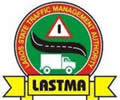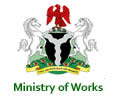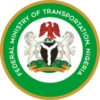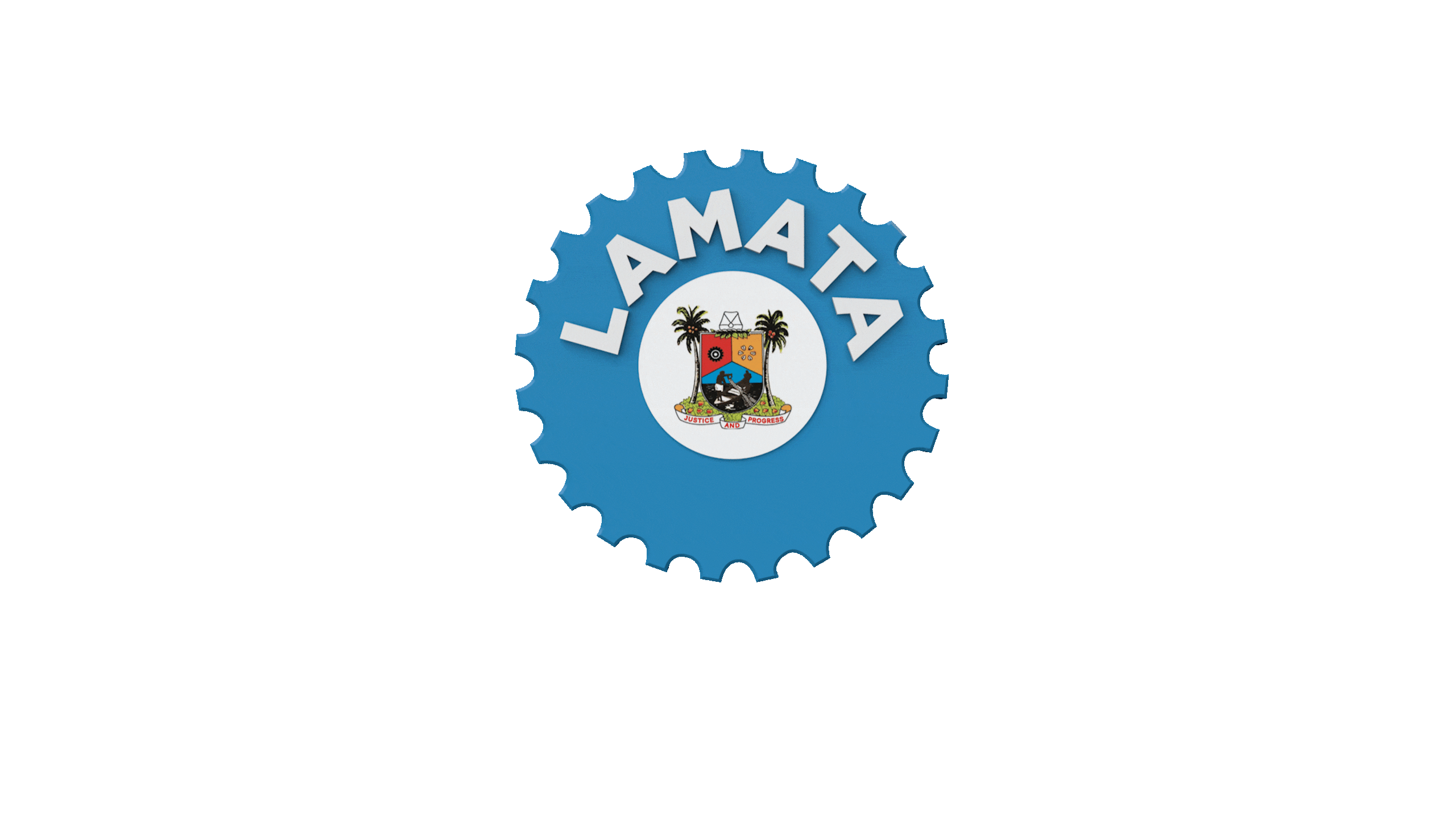

The Bus Reform Initiative (BRI) is a statewide program to develop a coherent, formalized and logical bus transport system and network across the entire Lagos State. In 2012, LAMATA carried out a Bus Route Network Study which rationalized and identified 485 individual bus routes. The reviewed Strategic Transport Master Plan (STMP 2014) identified 14 Bus Rapid Transit (BRT) corridors for implementation.
The Bus Reform Initiative entails the franchising of these bus routes to a Private Operators for operations through a performance-based quality bus contract. The responsibilities of the Private Operators shall include the procurement of buses, maintenance of the buses, provision of bus services and recruitment of personnel; while the Government will be responsible for providing the basic infrastructure required for operations such as bus depots/garages, terminals, shelters, TSM measures, construction and rehabilitation of roads.
The Bus Reform Initiative is aimed at the strategic reformation of bus operations across the state. Therefore, the need to group the implementation into zones was paramount due to the enormous quantity of the bus routes. This resulted in the segmentation of the BRI into six zones with connecting zones.
The zoning was achieved based on a variety of factors such as natural boundaries (local government areas), accessibility and connectivity (complexity of the various transport hubs) as well as infrastructure availability/ readiness for operation commencement. These factors were considered to ensure implementation of the reform is systematic and gradual. The BRI is zoned as follows:
| Zone | Area |
|---|---|
| Zone 1 | Ikeja and Ketu |
| Zone 2 | Oshodi, Surulere and Mushin |
| Zone 3 | Berger, Oyingbo and Yaba |
| Zone 4 | Lagos Island and Ajah |
| Zone 5 | Iyana – Ipaja and Agege |
| Zone 6 | Mile 2, Iyana-Iba and Ajeromi |
| Zone 7 | Ikorodu |
Based on international best practice, the BRI bus routes have been classified into three tiers to create a simple and understandable structure for passengers. They include:
LAMATA commenced the standard routes operations in May 2019 with the Lagos State Government procured BRI buses under a Management Bus Contract Model. Four private Bus Operating Companies (BOCs) were engaged to operate the standard route scheme. They include:
The scheme initially started with six bus routes in May 2019, and it has gradually increased to 33 bus routes in March 2021. The operational standard bus routes are in the image below:
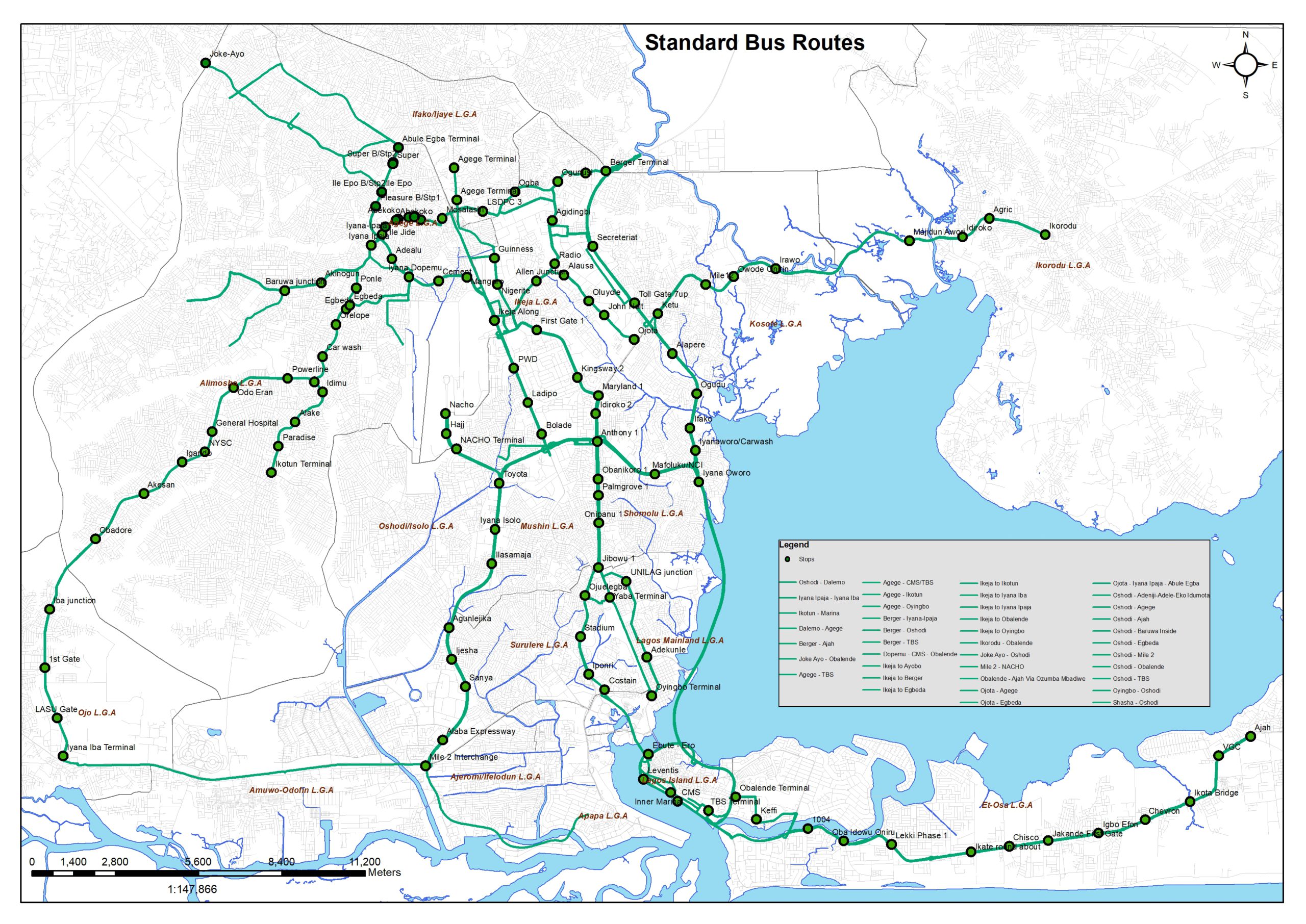
The scheme initially started with six bus routes in May 2019, and it has gradually increased to 33 bus routes in March 2021. The operational standard bus routes are in the image below:
During the first six months of operations, a total of 215 high capacity buses were deployed and a total of one million passengers were carried. Till date, the standard routes has conveyed over 20 million passengers, and a total of 358 buses had been deployed. Currently, the standard routes has a total average of 60,000 passengers daily, and has created over 1,500 direct and indirect jobs. Similarly to the BRT operations, the standard routes also operate using the LAMATA Cowry Card system.



